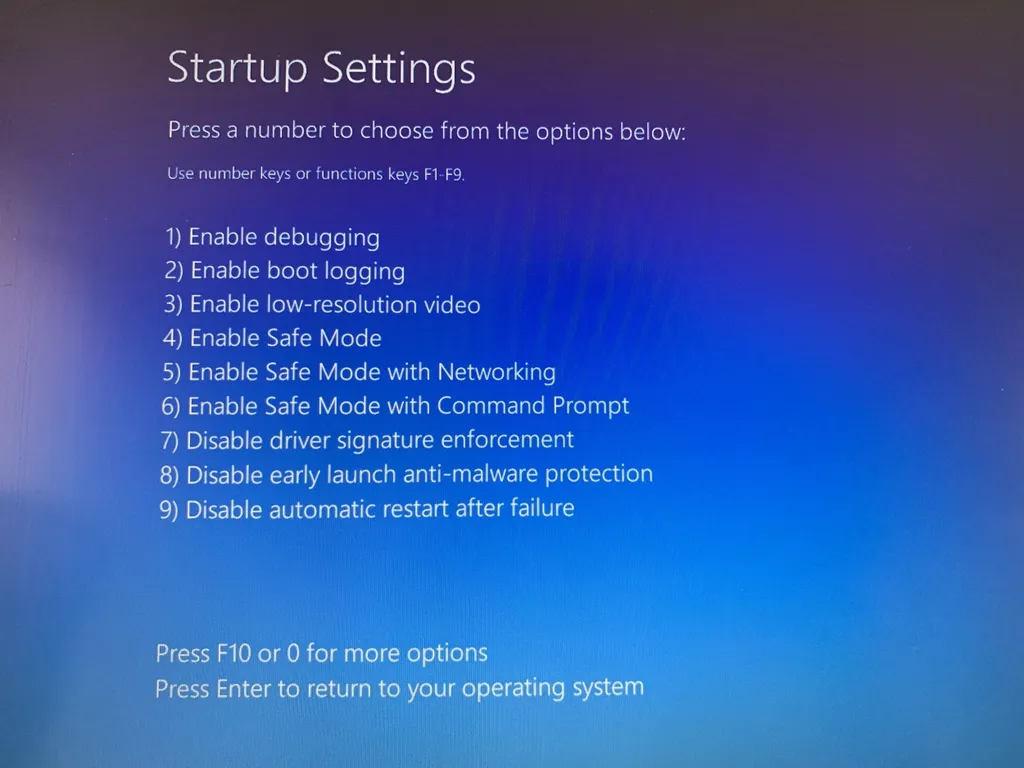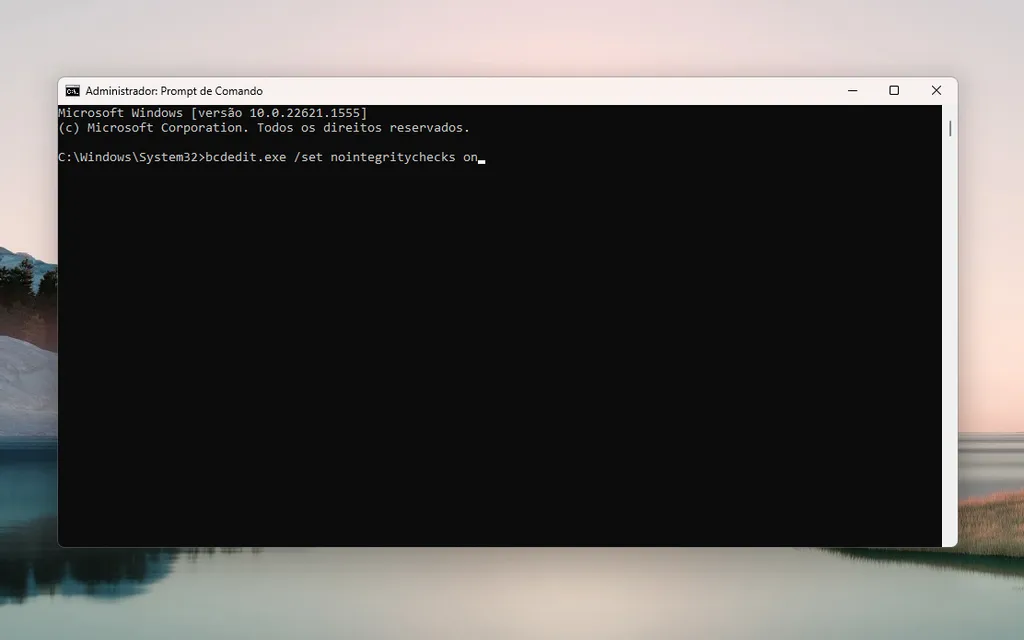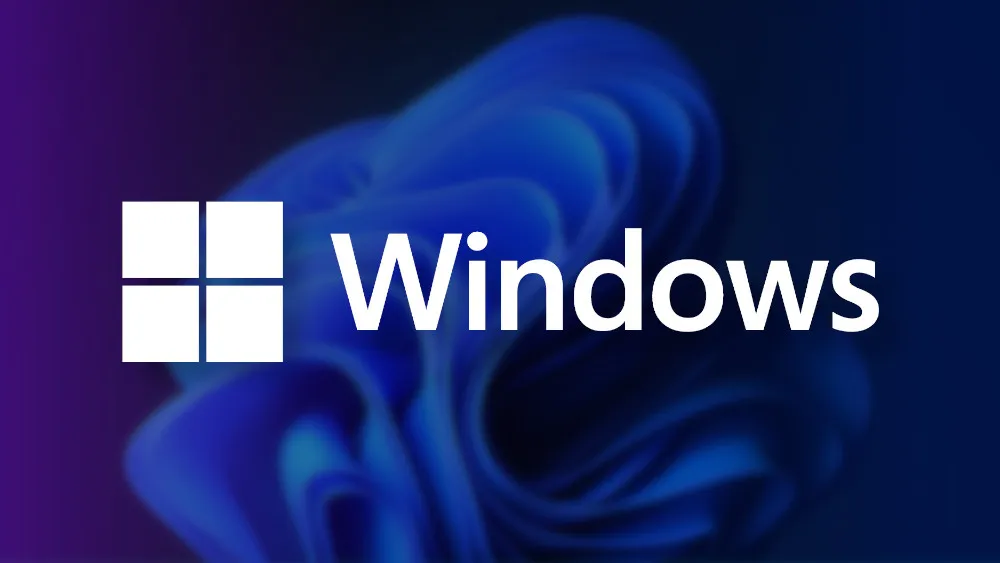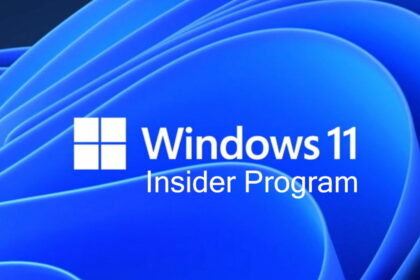Driver Signature Enforcement, also known as Driver Signing, is a security feature in Windows. Its purpose is to safeguard your computer by preventing the installation of drivers that haven’t been digitally signed.
Why disable Driver Signature Enforcement?
Driver Signature Enforcement is a built-in safety feature in Windows that’s meant to stop the installation of drivers that could be harmful. But sometimes, it can cause issues when using older or custom hardware.
Normally, Windows only lets drivers with a digital signature, like an approval stamp, run on your computer. This is to keep your computer safe. So, drivers that don’t have this signature won’t work on your 32-bit or 64-bit Windows.
But there’s a way to temporarily turn off this safety feature and install those unsigned drivers. This helps you make sure your devices work properly. Here’s how you can do it:
How to enable/disable Driver Signature Enforcement
Before you begin, remember that disabling driver signature enforcement can expose your system to security risks. After installing the necessary software, you can return to the instructions below to re-enable the feature and ensure proper system protection.
Through advanced boot options
- No Windows, click the Start menu;
- Press the Shift key and choose the “Restart” option;
- When accessing the advanced startup options, select the “Troubleshooting” option;
- Select “Advanced Options”;
- Click on “Startup Settings”;
- Click the “Restart” button to enter the “Startup Settings” screen;
- Press the 7 (seven) key on the keyboard to activate the “Disable driver signature enforcement” option.

Finally, your PC will restart with driver signature enforcement disabled, allowing unsigned drivers to install.
Remember that this change can expose your system to security risks. After installing the necessary drivers, you can return to the instructions above to re-enable driver signature enforcement and ensure adequate system protection.
By Command Prompt
- Click on the Start menu;
- Search for “Command Prompt”;
- Right-click on Command Prompt and select “Run as administrator”;
- Enter the command bcdedit.exe /set nointegritychecks on and press Enter ;

To turn driver signature enforcement back on via Command Prompt, type bcdedit.exe /set nointegritychecks and press the Enter key.
What are Drivers?
Windows drivers act as intermediaries between the operating system and hardware, allowing the computer to recognize, control, and interact with connected devices.
For example, installing a specific driver to work correctly and receive print commands is necessary when using a printer.











